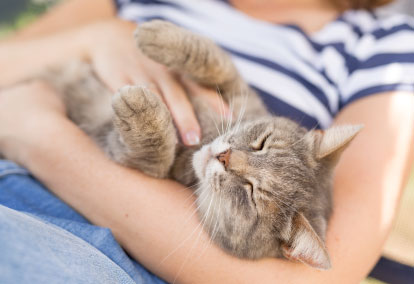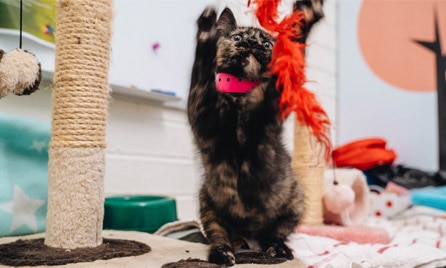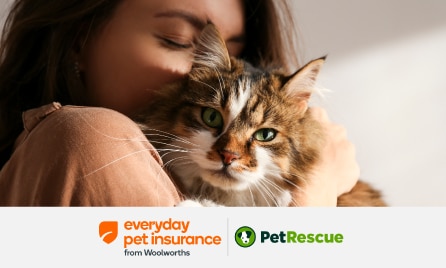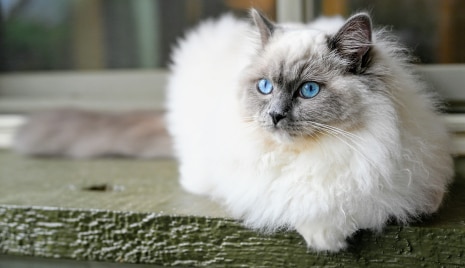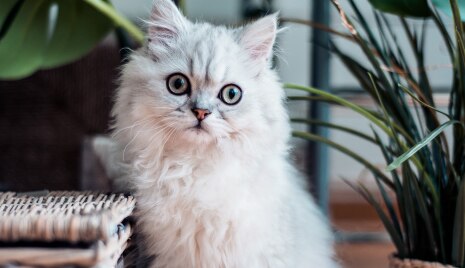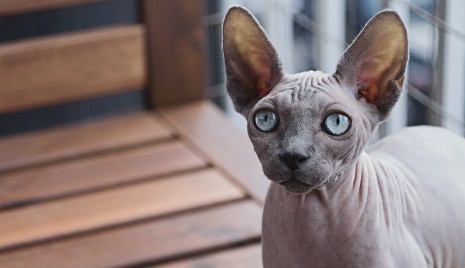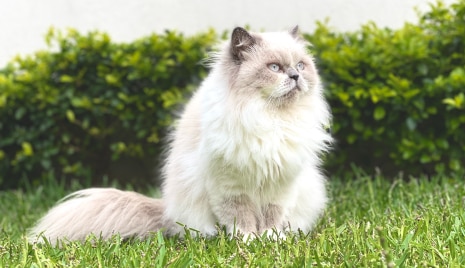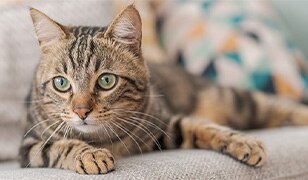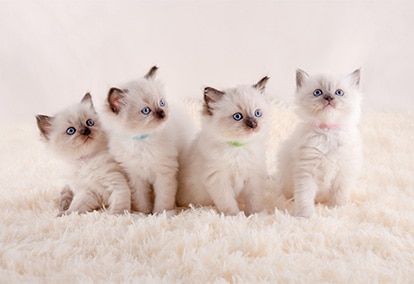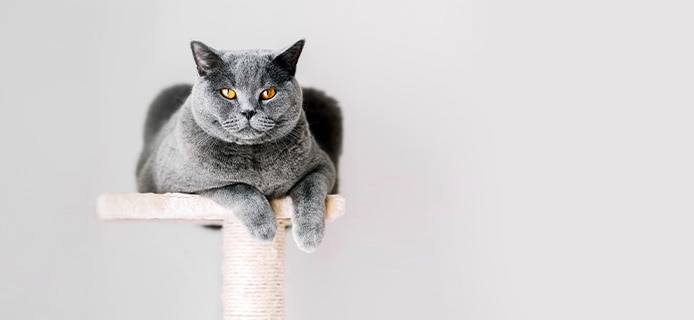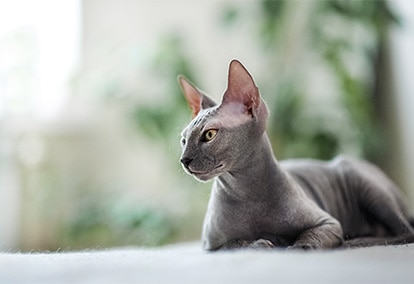- text
-
|| When: This offer is available between AEST 12:00 PM 08/10/25 and AEST 11:59 PM 01/02/26. Where: This offer is available when you buy an eligible Everyday Pet Insurance policy online. Who: This offer is personal to you and available only to Everyday Rewards members with an active registered Everyday Rewards Card. Everyday Rewards Plus Card holders are not eligible for this offer. How it works: To enjoy your first two (2) months of free cover, you must successfully link your active registered Everyday Rewards Card when purchasing an eligible Everyday Pet Insurance policy online during the offer period. This offer entitles you to two months free in your first policy year of your policy cover, provided the policy remains in force, with all premiums paid in full, and you remain an Everyday Rewards member. If you choose to pay annually, you will have the first two months free automatically deducted from the annual premium at the time of purchase. If you choose to pay by monthly or fortnightly instalment, you will not be charged an instalment for the first two months of your first policy period. Your payments will start from the third month of your policy period. The discounted premium will be shown on your Certificate of Insurance, which is sent on acceptance of your policy.
This offer is limited to one per Everyday Rewards member. Only one (1) offer may be selected under Unlock Your Offer.
You will no longer receive this offer if your policy is cancelled, you change your level of cover and/or your policy number changes, or if your Everyday Rewards account is cancelled, terminated, or suspended.
Enjoyment of this Everyday Rewards offer is subject to the Everyday Insurance Terms and Conditions. Please consider the Everyday Pet Insurance Product Disclosure Statement, Financial Services Guide and Target Market Determination available here to determine if the products are right for you. In addition to the above terms and conditions, by participating in the Everyday Rewards program you agree to the Everyday Rewards Terms and Conditions. Woolworths reserves the right to vary, withdraw or extend this discount or an offer at any time, and will provide reasonable notice of any adverse changes.
What do I need to know before getting a cat?
- What to consider when choosing a cat breed.
- Cat breed characteristics.
- Get ready for your new cat!
- Common conditions in cat breeds.
- Skin conditions.
- Ear conditions.
- Gastrointestinal problems.
- Eye conditions.
- Commonly claimed conditions in cats.
- Cat insurance.
- Claim up to $30,000 a year with Comprehensive Plus.#
- Get up to 80% back on eligible vet bills.*
- Claim on the spot and only pay the gap with GapOnly.®=
- Find out more about these cat breeds.
- We're here to help.
Looking for a furry friend that provides quality cuddles but can maintain a level of independence? A cat might be the perfect fit for you.
From their cute looks to quirky behaviour, cats are relatively low-maintenance pets and require a lot less upkeep compared to their canine friends.
While you don’t have to worry about exercising and grooming your feline as much, it’s still important to consider what breed is suitable for your environment and lifestyle. Another thing to consider is what health conditions certain cats are prone to, so you can pick insurance that suits you and your cats needs.
Whether you’re an experienced cat owner looking for another addition to the family or getting one for the very first time, here are some things you should know about different cat breeds and common conditions.
